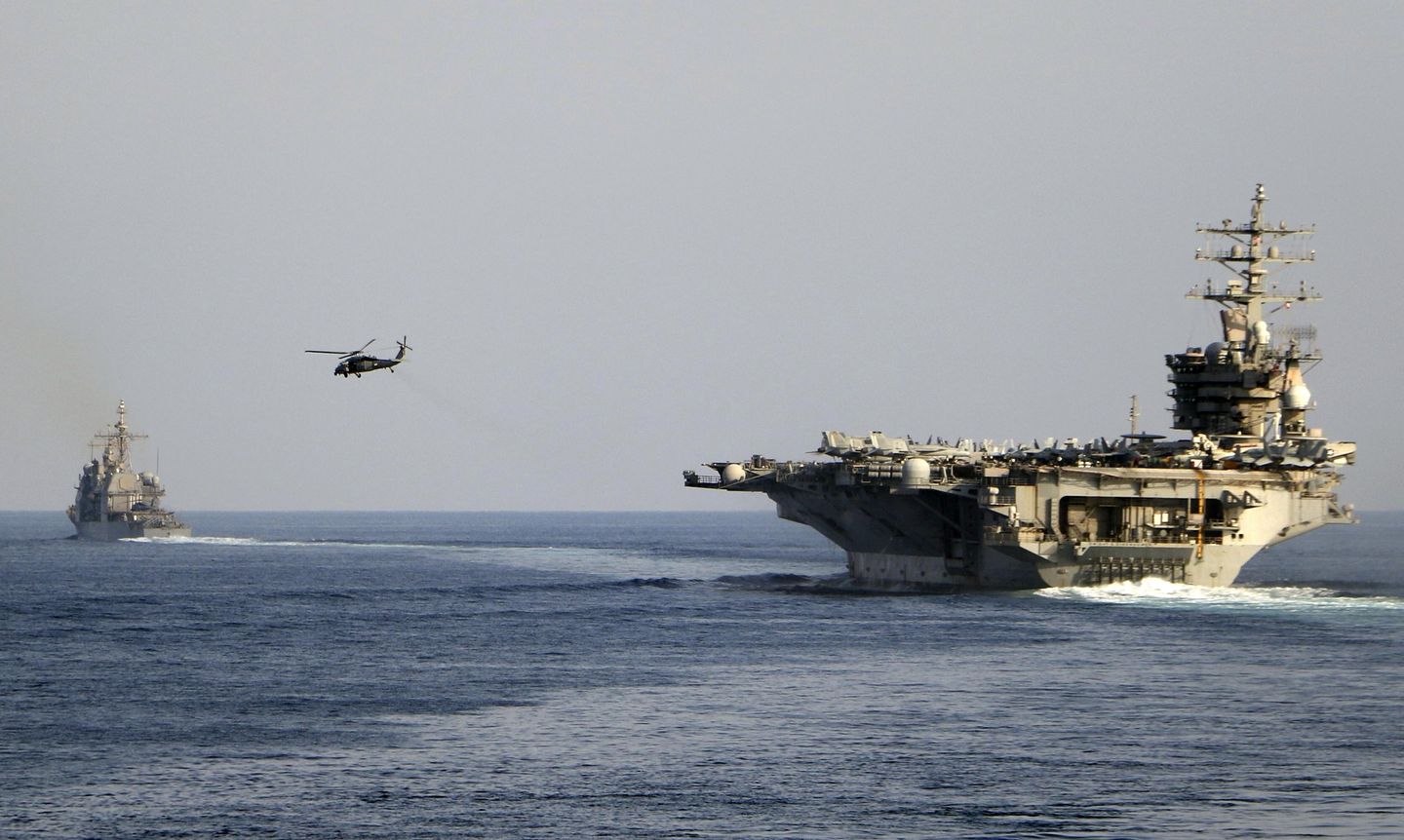
The U.S. is embarking on a sweeping maritime revival, injecting billions into a shipbuilding industry that has struggled for years to keep pace with China’s naval expansion and America’s growing operational demands worldwide.
The Navy and Coast Guard fleets have been in decline for several years. The shrinking hull numbers come amid an increased operations tempo in the Middle East and a renewed focus on China as the nation’s primary adversary in the Indo-Pacific region.
The U.S. has been forced to rely on older and fewer warships to defend the nation and its allies. America’s share of the international shipping market has also declined precipitously over the years.
The One Big Beautiful Bill Act will inject billions of dollars into the U.S. shipbuilding and maritime industrial base. Retired Coast Guard Capt. Christian Lee said his former service will receive $14 billion earmarked for shipbuilding, 10 times the Coast Guard’s usual amount.
“The Coast Guard has been historically underinvested in, and it’s piling up,” he said Thursday in a forum hosted by the Hudson Institute think tank. “This is a no-fail situation for the Coast Guard. They have to rise to the moment.”
The U.S. maritime industry is facing myriad challenges as Washington plays catch-up with shipbuilding giants such as South Korea and China.
“Turning funding into capability will not be easy. The U.S. maritime industry needs to address worker shortages, crumbling infrastructure and inadequate commercial demand,” Hudson Institute officials said in a statement.
The Navy is set to grow from its current fleet of 296 manned warships to 381, along with 134 unmanned surface vessels and subsurface vessels by 2045.
Michael Roberts, a senior fellow at the Hudson Institute’s Center for Defense Concepts and Technology, said the industry is operating amid “radical changes that are underway now.”
“Just in the past few months, we had an executive order to restore American maritime dominance, and trade law penalties targeting Chinese-built and owned ships,” Mr. Roberts said. “It would be the most consequential maritime legislation since World War II.”
Mr. Roberts said the level of attention and highest-level support for the nation’s maritime industry would have been unthinkable only a few years ago. “It’s new and exciting stuff,” he said.
Mike Smith, the president and CEO of Hanwha Defense USA, said most of the tonnage being produced at shipyards is going to the commercial sector.
“If the red balloon goes up, a lot of that capacity will be redirected to defense, and that’s a problem,” Mr. Smith said.
A stable demand signal from the customer — whether a government agency or private company — is crucial for the shipbuilding industry, Mr. Smith said.
“It gives suppliers the confidence to invest in technology and innovation, to invest capital in new facilities, or expand what they already have,” he said. “It’s really important. Shipbuilding is a long-cycle business.”
The SHIPS for America Act was reintroduced in April as a bipartisan bill aimed at revitalizing the moribund U.S. shipbuilding and commercial maritime industries. The act also proposes establishing a Maritime Security Advisor and Maritime Security Board within the White House to implement a national maritime strategy.
Matthew Paxton, the president of the Shipbuilders Council of America, said the nation’s shipyards are underutilized in the private sector for surface ships.
“Ship repair is really critical on the commercial side as well as the navy side,” Mr. Paxton said. “Our yards are dealing with a shrinking fleet. We need those maintenance dollars and we need that work.”








